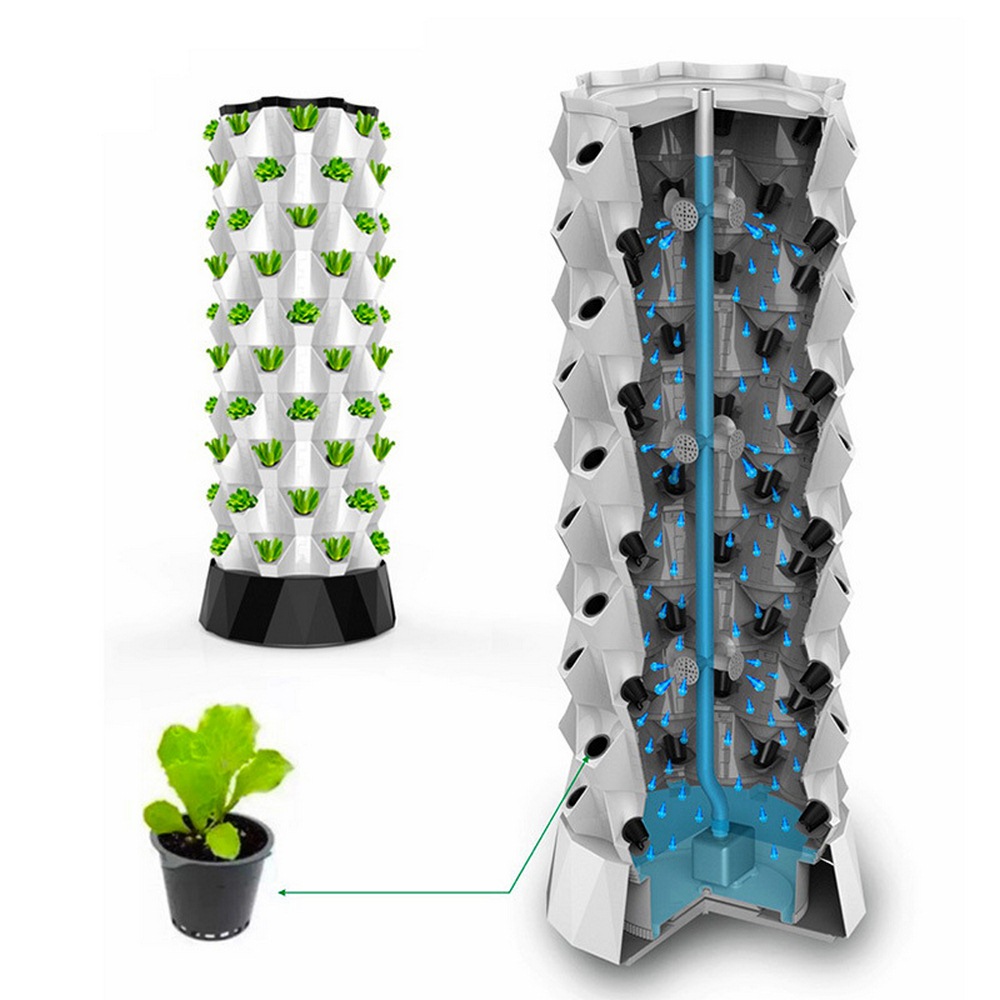this post was submitted on 26 Jun 2023
21 points (100.0% liked)
Solarpunk
5313 readers
62 users here now
The space to discuss Solarpunk itself and Solarpunk related stuff that doesn't fit elsewhere.
Join our chat: Movim or XMPP client.
founded 2 years ago
MODERATORS
you are viewing a single comment's thread
view the rest of the comments
view the rest of the comments

I have gone back and forth on vertical farming. There are scams in the field, but there are also some merits (most of them apply to urban farming in general).
The main issue you have with vertical farming is that there is only so much stacking you can do before you get out of light. A pillar like in the illustration projects a shadow, in which you can't really put plants.
However right now sunlight is not the limiting factor for plants growth. IIRC depending on the plant it is either water or CO2 so you can do some amount of vertical farming. To me, the interest is not to come as a replacement for regular farming (so growing grains is not the issue, you will have a hard time beating the efficiency of a flat field + tractor), the interests are:
So to sum up, it is less of a solution to make regular agriculture sustainable and more to make sustainable agriculture more enjoyable. Actually one does not need tasty herbs and exotic fruits, but the ability t have them without poisoning the planet is nice and, well, solarpunk.
Depending on how you generate power, you could use LED grow lights in vertical farms. You also have the luxury of working in an environment that you can tightly control; that means you may not need to use pesticides or herbicide at all. If you aren't working in large fields, you can get away from using heavy diesel farm equipment.
Fundamentally, we need to use less land for farming, we need to use far fewer pesticides and herbicides, and need to reduce the emissions associated with farming. Vertical farming has the potential to help with all of those.
The pest control is true for the short term, though I find that over time even well kept facilities develop some kind of pest problem.
maybe if they kept chickens in the lobby...
You could, for instance, shut down at the end of a cycle and do a thorough cleaning without using pesticides. Using steam, heat, and high-powered ultraviolet light, you should be able to effectively kill any pests or eggs that pests are leaving. Yes, pesticides are certainly less expensive in the short run, but in terms of long-term health for the entire planet, they're super-bad.